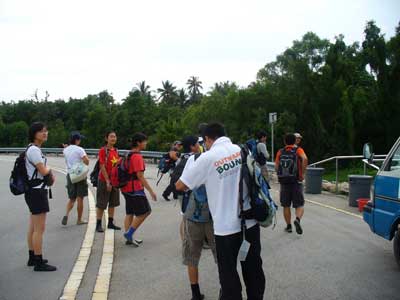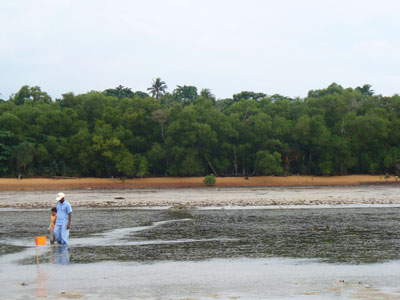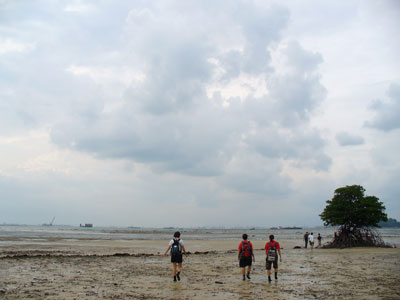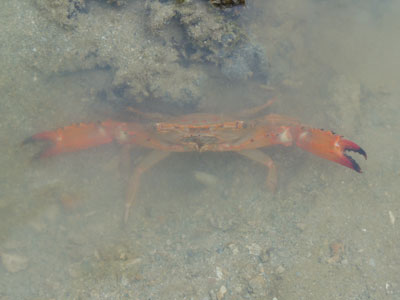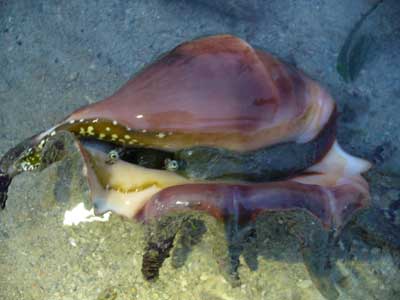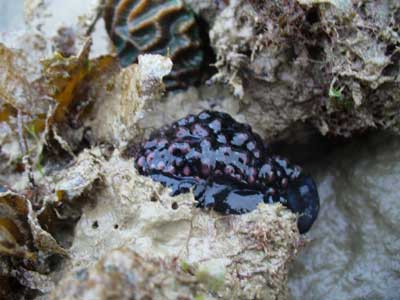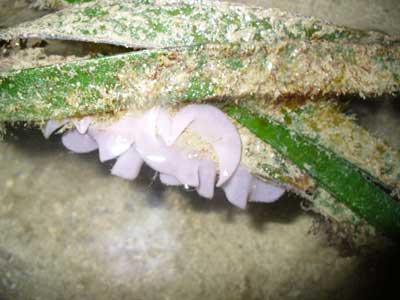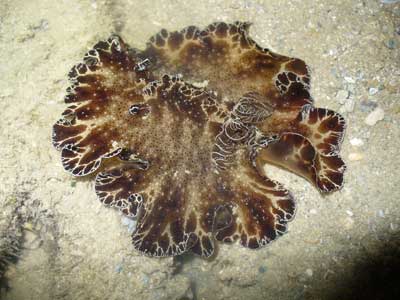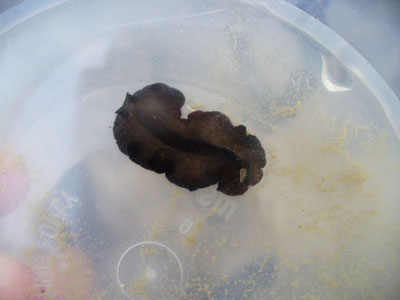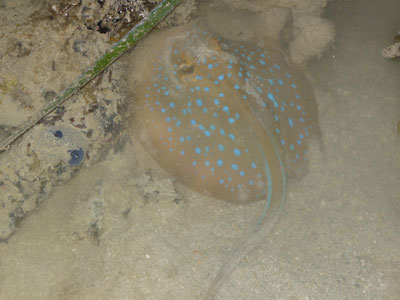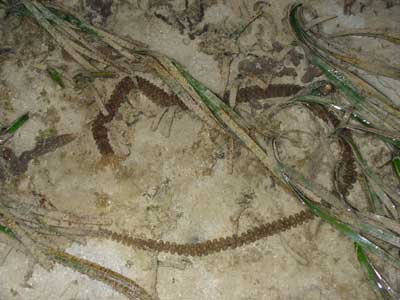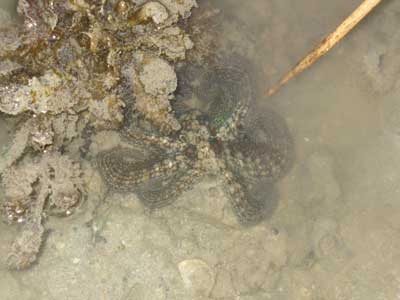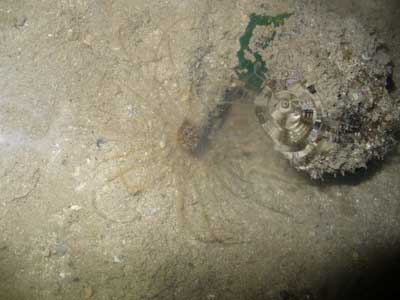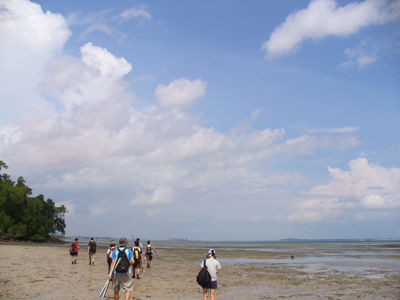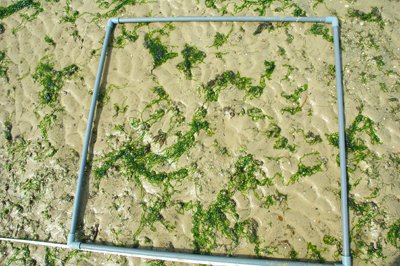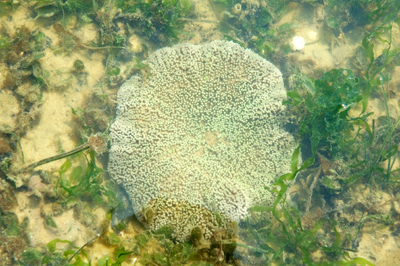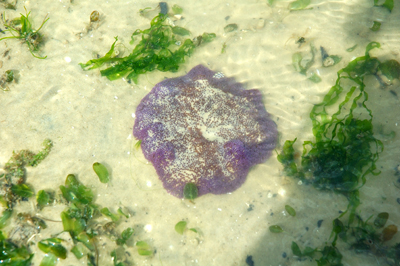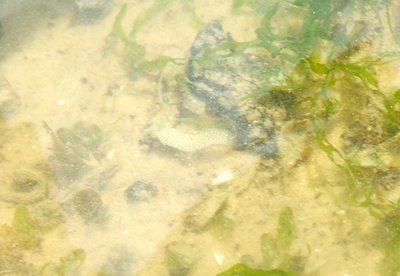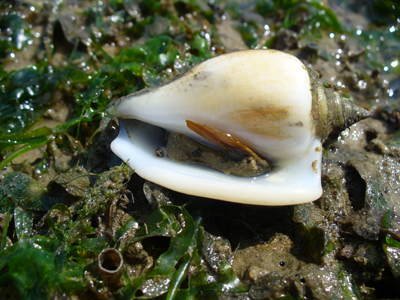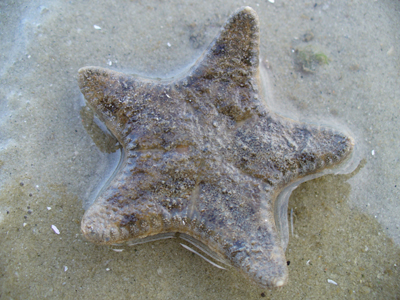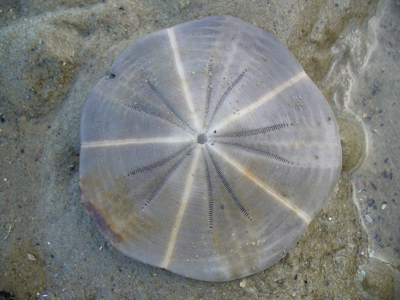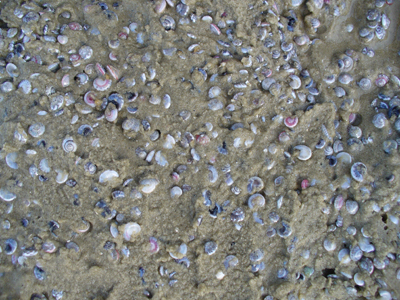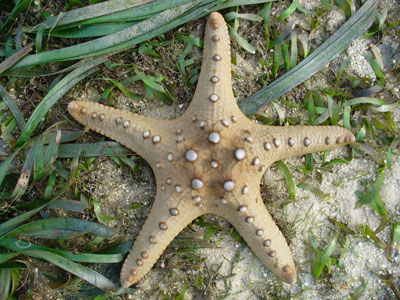After attending the coral workshop some time back, I was a little better equipped, but still not prepared for the field. I could only identify some of the more distinctive and common ones.
So here goes my personal mini guide to coral ID. Listed are those that can be found in Sinapore as indicated by Jani. Please correct me if any of the ID is wrong and I'll make the amendments asap.
Scientific Classification
Kingdom: Animalia
Phylum: Cnidaria
Class: Anthozoa
Order: Scleractinia (Hard/Stony Corals)
World: 18 families, ~110 genera
Singapore: ~55 genera, ~200 species
Family: Acroporidae
Genus: Acropora
Key Characteristics: Axial corallites
Growth Form(s): Branching, Tabular
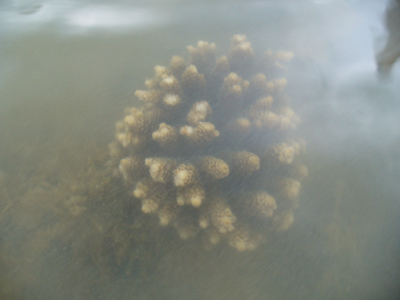
Acropora digitifera
Family: Acroporidae
Genus: Montipora
Key Characteristics: Empty corallites (deep), very small corallites, granulated/spiny coenosteum
Growth Form(s): Encrusting, Foliose, Branching

Montipora hispida
Family: Acroporidae
Genus: Astreopora
Key Characteristics: Conical corallite
Growth Form(s): Massive
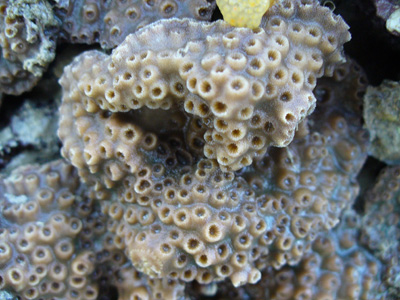
Astreopora gracilis
Family: Agariciidae
Genus: Pavona
Key Characteristics: small, shallow corallites, poorly defined walls, inter-connected by septo-costae.
Growth Form(s): Foliose, Encrusting, Branching
Family: Agariciidae
Genus: Pachyseris
Key Characteristics: Series of concentric ridges parallel with the margin
Growth Form(s): Foliose, Encrusting
Family: Dendrophylliidae
Genus: Turbinaria
Key Characteristics: Most corallites at perimeter, remaining are widely spaced
Growth Form(s): Foliose
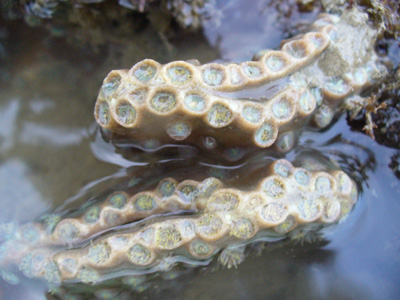
Turbinaria bifrons
Family: Euphyllidae
Genus: Euphyllia
Key Characteristics: Anchor-shaped/finger-like bubbled tentacles
Growth Form(s): Branching, Phaceloid/Flabellate
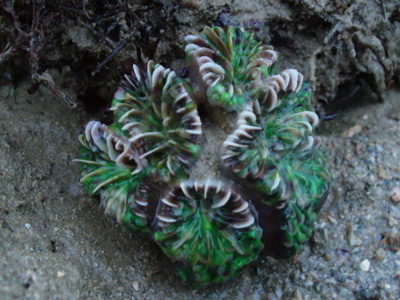
Euphyllia ancora
Family: Euphyllidae
Genus: Plerogyra
Key Characteristics: Bubbled tentacles
Growth Form(s): Branching, Phaceloid/Flabellate
Family: Faviidae (Largest family)
Key Characteristics: Large corallites, brain coral look.
Growth Form(s): Massive

Favites sp.
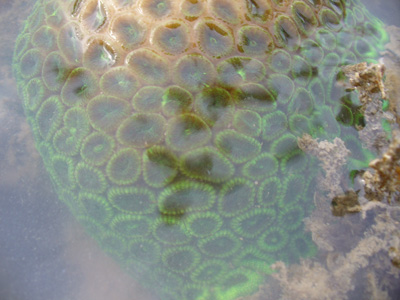
Montastrea sp.

Oulastrea sp.
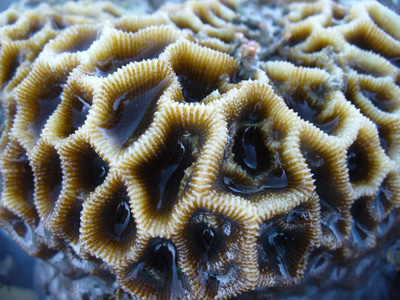
Oulophyllia sp.
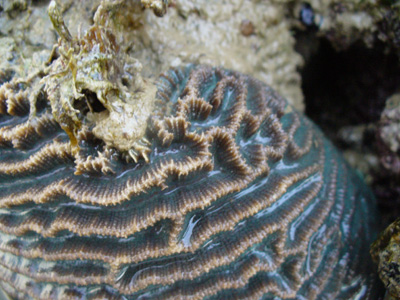
Oulophyllia crispa
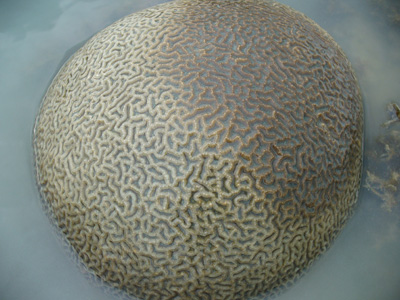
Platygyra sp.
Family: Fungiidae
Genus: Fungia
Key Characteristics: Circular corallite, single mouth
Growth Form(s): Free-living
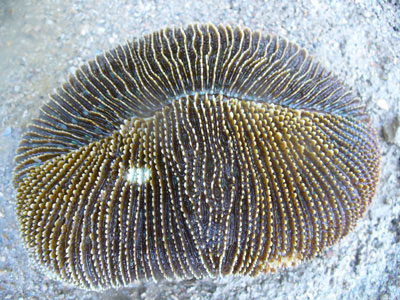
Fungia (Ctenactis) simplex
Family: Fungiidae
Genus: Heliofungia
Key Characteristics: Long tentacles with pale tips when extended, serrated septa
Growth Form(s): Free-living
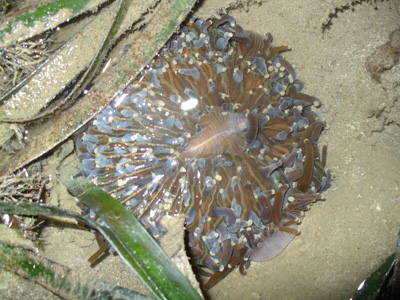
Heliofungia actiniformis
Family: Fungiidae
Genus: Herpolitha
Key Characteristics: Elongate axial furrows with several mouths
Growth Form(s): Free-living
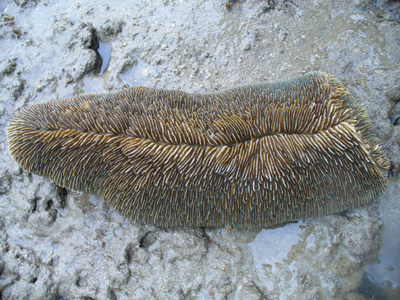
Herpolitha limax
Family: Fungiidae
Genus: Podabacia
Key Characteristics: Laminar and unifacial, corallites tend to face perimeter
Growth Form(s): Foliose, Encrusting
Family: Merulinidae
Genus: Merulina
Key Characteristics: Laminar, septa looks like railway tracks
Growth Form(s): Foliose, Encrusting
Family: Mussidae
Genus: Lobophyllia
Key Characteristics: Large corallites, one or several mouths are joined, long septal teeth.
Growth Form(s): Massive, Submassive
Family: Mussidae
Genus: Symphyllia
Key Characteristics: Large corallites, one or several mouths are joined, groove on top of wall
Growth Form(s): Massive, Submassive
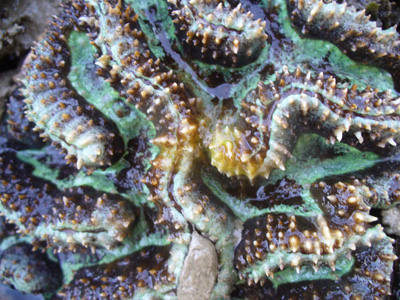
Symphyllia valenciennesii
Family: Oculinidae
Genus: Galaxea
Key Characteristics: Cylindrical corallites, septa very exert
Growth Form(s): Submassive

Galaxea astreata
Family: Pectiniidae
Genus: Pectinia
Key Characteristics: Laminar, septo-costae forms thin, high irregular walls in short valleys
Growth Form(s): Foliose

Pectinia sp.
Family: Poritidae
Genus: Porites
Key Characteristics: Small & immersed corallites filled with septa
Growth Form(s): Massive, Branching
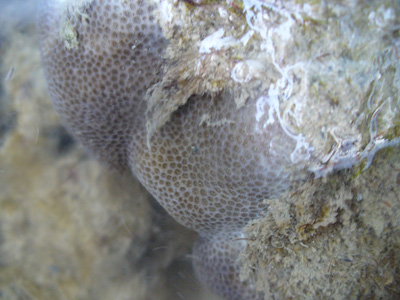
Porites sp.
Family: Poritidae
Genus: Goniopora
Key Characteristics: Long polyps, polyp has 24 tentacles
Growth Form(s): Massive, Submassive
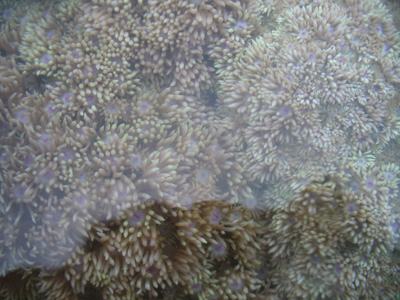
Goniopora sp.
Family: Poritidae
Genus: Alveopora
Key Characteristics: Long polyps, polyp has 12 tentacles
Growth Form(s): Massive, Submassive
Family: Pocilloporidae
Genus: Pocillopora
Key Characteristics: Immersed corallites, presence of wart-like verrucae, fuzzy look
Growth Form(s): Branching

Pocillopora sp.
Family: Siderastreidae
Genus: Psammocora
Key Characteristics: Small corallites, septo-costae form petaloid shapes
Growth Form(s): Massive, Submassive
Family: Trachyphylliidae
Genus: Trachyphyllia
Key Characteristics: Absence of septa teeth, cabbage-like look (wavy)
Growth Form(s): Foliose
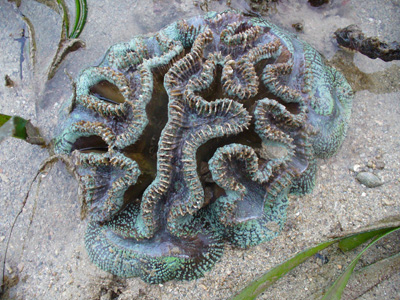
Trachyphyllia geoffroyi
